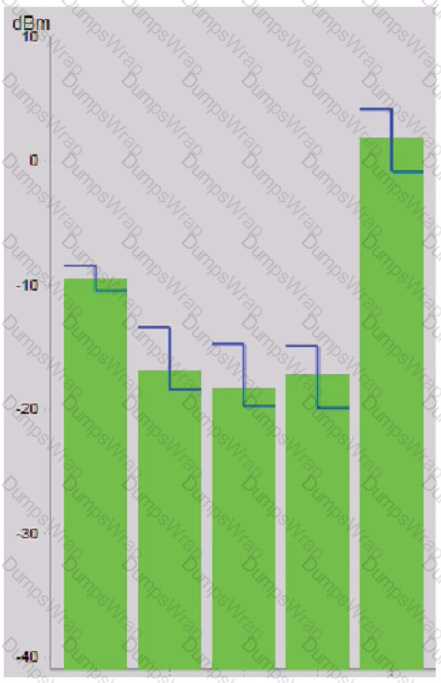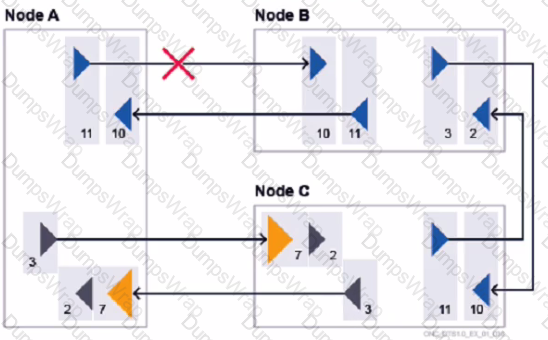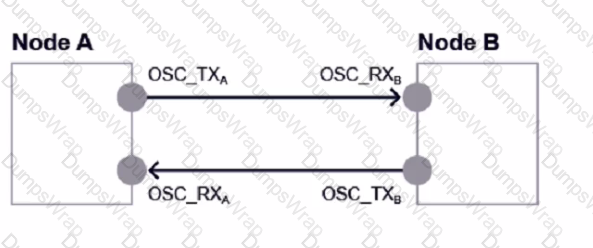Nokia Optical Diagnostics and Troubleshooting Exam Questions and Answers
Which of the following commands is used to retrieve the total output power level?
Consider the exhibit. What do the different colored green columns indicate?

Suppose a channel-related alarm is reported on an 1830 PSS node, and is related to a possible Wave Keys clock source issue. What is the recommended order for the following troubleshooting steps?
Refer to the exhibit, which shows a conditions list from the 1830 PSS GUI. (i) What is the total number of alarms reported? (ii) How many service affecting alarms are displayed? (iii) How many conditions are displayed?

Which of the following CLI commands displays a list of the expected and measured output power for the channels whose admin state is up?
Which of the following is NOT a characteristic of an Optical Supervisory Channel Loss of Signal (OSC LOS) issue, in case that no "LD Input LOS" alarms are raised against the involved amplifiers?
What is the default severity level for a Threshold Crossing Alert (TCA) alarm?
Consider the exhibit. A single directional fiber cut is occurring between two amplifiers in bidirectional configuration. Which node(s) will report a "LD Input LOS" alarm?

What is the typical severity level of a "Loss of Signal" (LOS) alarm?
Which of the following statements correctly describes where power adjustments can be performed?
When troubleshooting possible generic fiber cuts, the recommended first step is to: 1. Review alarms at nodes where power loss occurs.
What is the next recommended step?
Consider the exhibit. Given the following power readings, what is the calculated span loss from Node A to Node B?



